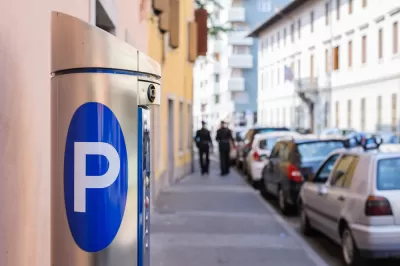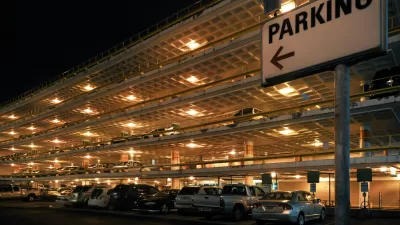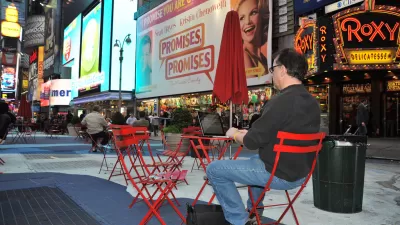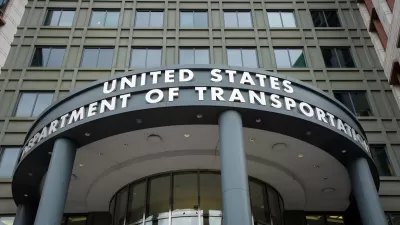As Pittsburgh moves forward on a parking management program to fund neighborhood improvements, take a look at how other cities have adapted this Shoup-inspired redevelopment strategy.

Pittsburgh plans to extend parking meter hours in an area known for its nightlife, and put the added revenue toward public safety improvements and services.
Los Angeles is considering a pilot program to use meter revenue for transportation and streetscape improvements in the neighborhoods where it's generated.
These are only some of the most recent iterations of Parking Benefit Districts. Championed by UCLA Professor Donald Shoup, PBDs can vary in structure and size, but the underlying principle is relatively simple: Use revenue from parking meters to fund local improvements.
Keynote Crossroads compares PBDs in four U.S. cities to see how the basic concept can be adapted and refined to meet local needs. "A parking benefit district isn't just a revenue-raiser, but smart transportation management as well," the article notes.
And the effects can be transformative:
The prospect of a dedicated, ongoing local revenue stream for neighborhood projects becomes enticing enough to residents and businesses, and they become a countervailing force in support of parking meters. Those public improvements in turn attract even more visitors, which generates more parking revenue in a virtuous cycle of redevelopment.
Old Pasadena, also explored here, is a frequently cited success story.
FULL STORY: Ideas Worth Stealing: Parking Benefit Districts

Planetizen Federal Action Tracker
A weekly monitor of how Trump’s orders and actions are impacting planners and planning in America.

Chicago’s Ghost Rails
Just beneath the surface of the modern city lie the remnants of its expansive early 20th-century streetcar system.

San Antonio and Austin are Fusing Into one Massive Megaregion
The region spanning the two central Texas cities is growing fast, posing challenges for local infrastructure and water supplies.

Since Zion's Shuttles Went Electric “The Smog is Gone”
Visitors to Zion National Park can enjoy the canyon via the nation’s first fully electric park shuttle system.

Trump Distributing DOT Safety Funds at 1/10 Rate of Biden
Funds for Safe Streets and other transportation safety and equity programs are being held up by administrative reviews and conflicts with the Trump administration’s priorities.

German Cities Subsidize Taxis for Women Amid Wave of Violence
Free or low-cost taxi rides can help women navigate cities more safely, but critics say the programs don't address the root causes of violence against women.
Urban Design for Planners 1: Software Tools
This six-course series explores essential urban design concepts using open source software and equips planners with the tools they need to participate fully in the urban design process.
Planning for Universal Design
Learn the tools for implementing Universal Design in planning regulations.
planning NEXT
Appalachian Highlands Housing Partners
Mpact (founded as Rail~Volution)
City of Camden Redevelopment Agency
City of Astoria
City of Portland
City of Laramie





























